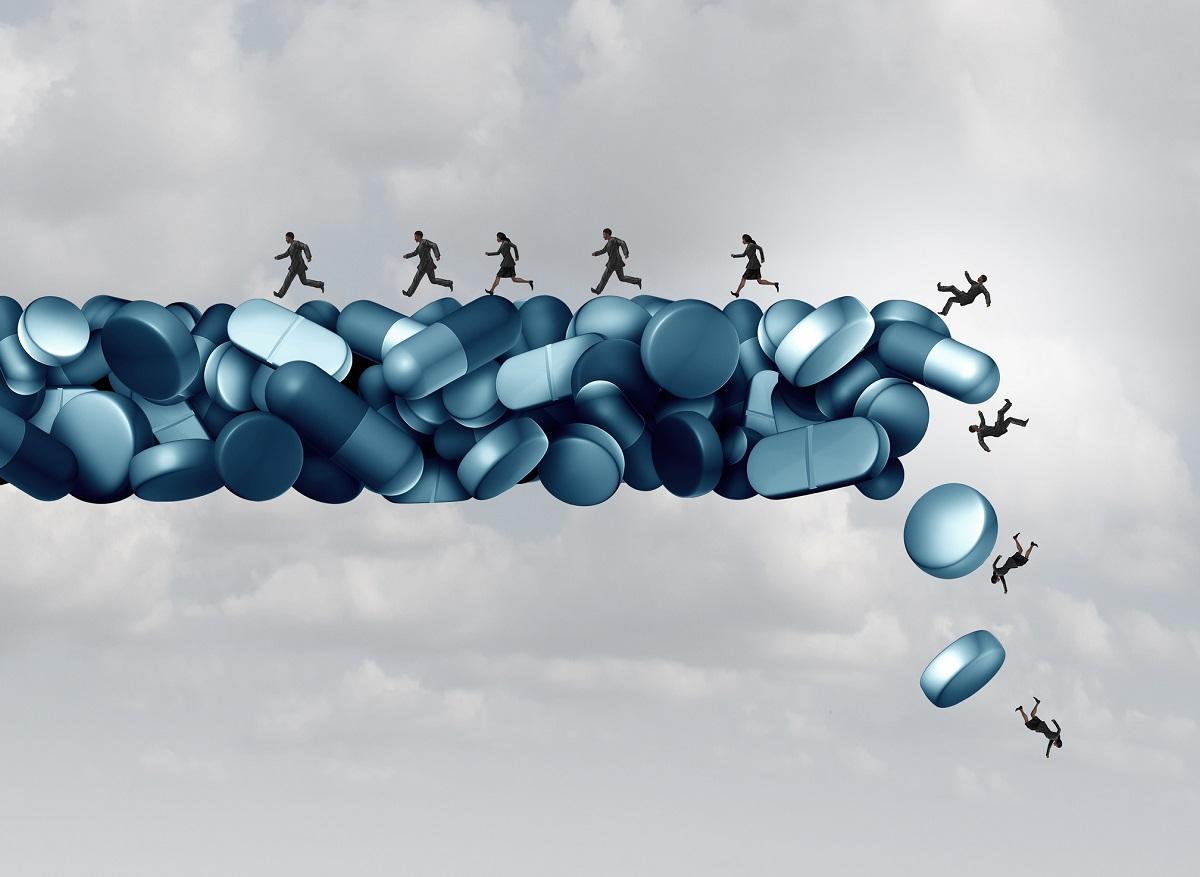A campaign has been launched to make seafarers aware of the risks of addiction, while the consumption of psychoactive products is higher among this population.

In the middle of the ocean, in the middle of the night shift, the sailor feels lonely and tired. To stay alert and drown out loneliness, he may be tempted to pour himself a drink, smoke a joint or snort a rail of cocaine. Sea workers are particularly exposed to the risk of addictions, according to studies. The sea songs that recount their daily lives often evoke the omnipresence of alcohol among this population.
This is not a poetic fiction. Research carried out by the Seafarers’ Health Service has shown a higher prevalence of the consumption of psychoactive products among this population.
Thus, 28% of respondents tested positive for cannabis, and 4.5% for cocaine. Among those under 35, these values reach 46% for cannabis and 8% for cocaine. In addition, 12% of people showed risky alcohol consumption.
“To provoke the debate”
Aware of this problem, the government is launching a prevention campaign called: ” No that on board! “. A poster and awareness videos will be given to shipping companies “to be able to be distributed on ships and to provoke a debate as to the place of alcohol or drug consumption on board”, specifies the Ministry of the Environment, ‘Energy and the sea.
One in ten sailors have an accident
Advice is also given to workers. What to do if a sailor shows an abnormal condition on board? What if it is the captain? How do you spot addictive driving and where can you find help? So many questions asked to avoid leaving this population in disarray in the face of this risk.
Because the consequences are serious. “Seafaring trades are risky trades and sea events are often violent in nature, recalls the awareness campaign. Consumption of psychoactive substances can endanger the health and safety of employees ”. It would even be a factor “found regularly in the causes of bodily or fatal accidents during maritime work”.
One in ten seafarers is the victim of a maritime occupational accident each year and fatal accidents at work were five times higher in 2015 than in the construction sector.

.

















